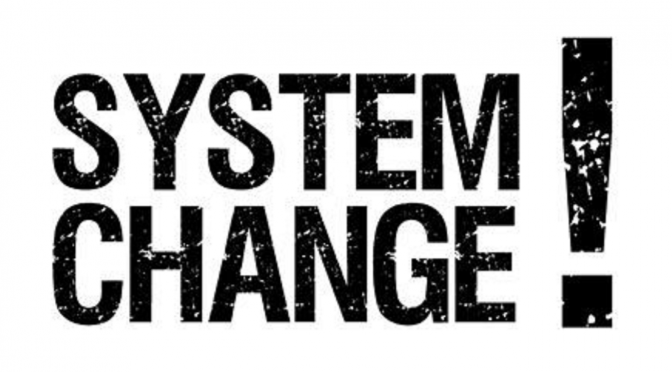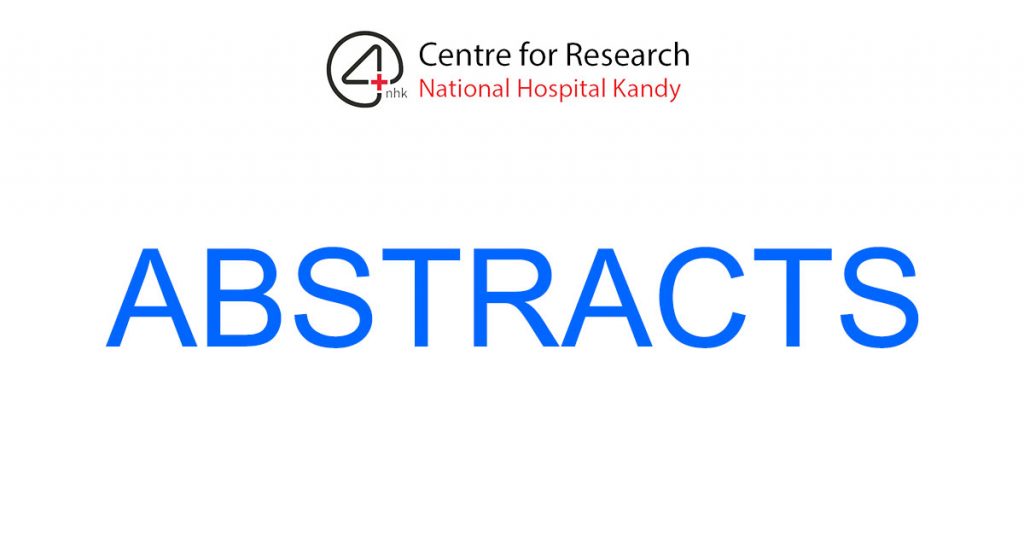This review critically evaluates current dengue prevention strategies, with a focused lens on the interrelated roles of environmental cleanliness and community awareness. Dengue, transmitted predominantly by Aedes aegypti, remains a significant global health threat.
exacerbated by urbanization, climate change, and globalization. With no widely effective antiviral treatment and only limited vaccine success, preventive measures remain the most viable approach (Kasbawati et al., 2019; Chathurangika, Perera and Silva, 2024; Khobragade and Meshram, 2021).
Environmental cleanliness is the foundation for disrupting the mosquito life cycle. Aedes mosquitoes breed in stagnant water commonly found in artificial containers, making waste management, elimination of water-holding receptacles, and improved sanitation critical
interventions. Source reduction, larviciding, and physical habitat removal significantly decrease vector populations. However, challenges such as insecticide resistance and inconsistent public compliance require alternative, sustainable solutions, including biological
controls and natural larvicides (Achee et al., 2015; Herath et al., 2024; Wang and Zhu, 2023).
Community involvement is crucial in sustaining vector control efforts. Awareness campaigns, door-to-door education, and school-based programs encourage behavioral changes that directly reduce mosquito breeding and promote early disease detection. These efforts enhance the effectiveness of environmental interventions by fostering a sense of ownership and collective responsibility. Active community participation transforms residents into stakeholders in their own health, creating a more resilient and adaptive prevention model (Aik et al., 2019; Allen, Crouch and Topp, 2020; Edullantes, Cagurin and Walag, 2024).
Emerging technologies such as climate-based predictive models, genomic surveillance, and mobile health platforms offer opportunities to forecast outbreaks and implement timely responses. Integrated vector management (IVM) programs that combine entomological data
with environmental and social insights can guide targeted interventions. Furthermore, the development of genetically modified mosquitoes, microbial larvicides, and eco-friendly repellents holds promise—though their ethical and societal acceptability must be carefully addressed (Knoblauch et al., 2023; Tsheten et al., 2020; Danko et al., 2023).
Despite progress, dengue vaccine development faces immunological challenges, particularly in achieving balanced protection across all four serotypes. Vaccine-induced antibody- dependent enhancement (ADE) remains a concern, complicating deployment strategies.
Ongoing research into tetravalent vaccines, mRNA platforms, and recombinant technologies is vital, but prevention strategies must continue to rely primarily on vector control and community action. (Chen et al., 2023; Roth et al., 2019; Silva and Fernández-Sesma, 2023). Effective dengue prevention also requires strong policy frameworks, intersectoral collaboration, and strategic resource allocation. Public health infrastructure must support regular clean-up campaigns, enforce sanitation laws, and ensure equitable access to
preventive tools. In resource-limited settings, the economic burden of dengue underscores the need for cost-effective, scalable, and community-friendly solutions (Krystosik et al., 2020; Samal, Gupta and Kumar, 2020; Augustina et al., 2021).
Dengue prevention demands a multifaceted, integrated strategy that aligns technological innovation with environmental management and community participation. Sustainable success lies in adapting interventions to local ecological, social, and economic contexts,
fostering long-term behavior change, and investing in robust surveillance systems. This review underscores that while vector control remains essential, its effectiveness is maximized when supported by informed, engaged communities and responsive policy mechanisms.
References:
i. Achee, N.L. et al. (2015) “A Critical Assessment of Vector Control for DenguePrevention,” PLoS neglected tropical diseases. Public Library of Science.doi:10.1371/journal.pntd.0003655.
ii. Aik, J. et al. (2019) “The effectiveness of inspections on reported mosquito larval habitats in households: A case-control study,” PLoS neglected tropical diseases, 13(6). doi:10.1371/journal.pntd.0007492.
iii. Allen, T., Crouch, A. and Topp, S.M. (2020) “Community participation and empowerment approaches to Aedes mosquito management in high-income countries: a scoping review,” Health Promotion International. Oxford University Press, p. 505.
doi:10.1093/heapro/daaa049.
iv. Aryaprema, V.S. et al. (2023) “A systematic review of published literature on mosquito control action thresholds across the world,” PLoS neglected tropical diseases. Public Library of Science. doi:10.1371/journal.pntd.0011173.
v. Augustina, I. et al. (2021) “Distribution and ecology of mosquito larvae in Pahandut subdistrict, Palangkaraya city,” Journal of Physics Conference Series, 1918(5), p. 52018. doi:10.1088/1742-6596/1918/5/052018.
vi. Beier, J.C. et al. (2008) “Integrated vector management for malaria control,” Malaria Journal. BioMed Central. doi:10.1186/1475-2875-7-s1-s4.
vii. Chen, Q. et al. (2023) “A tetravalent nanoparticle vaccine elicits a balanced and potent immune response against dengue viruses without inducing antibody-dependent enhancement,” Frontiers in Immunology, 14. doi:10.3389/fimmu.2023.1193175.
viii. Corbett, K.S. et al. (2014) “Preexisting Neutralizing Antibody Responses Distinguish Clinically Inapparent and Apparent Dengue Virus Infections in a Sri Lankan Pediatric Cohort,” The Journal of Infectious Diseases, 211(4), p. 590.
doi:10.1093/infdis/jiu481.
ix. Danko, D. et al. (2023) “The Challenges and Opportunities in Creating an Early Warning System for Global Pandemics,” arXiv (Cornell University) [Preprint]. doi:10.48550/arxiv.2302.00863.
x. Edullantes, A.M., Cagurin, G.B. and Walag, A.M.P. (2024) “A Community Project on Waste Management Awareness and Livelihood Training of Residents nearby a Polluted Creek: An Impact Study,” Environment and Ecology Research, 12(2), p. 172.
doi:10.13189/eer.2024.120208.
xi. Herath, J. et al. (2024) “Breeding Habitat Preference of the Dengue Vector Mosquitoes Aedes aegypti and Aedes albopictus from Urban, Semiurban, and Rural Areas in Kurunegala District, Sri Lanka,” Journal of Tropical Medicine, 2024, p. 1.
doi:10.1155/2024/4123543.
xii. Kumar, G. et al. (2024) “Addressing challenges in vector control: a review of current strategies and the imperative for novel tools in India’s combat against vector-borne diseases,” BMJ Public Health. BMJ. doi:10.1136/bmjph-2023-000342.
xiii. Krystosik, A. et al. (2020) “Solid Wastes Provide Breeding Sites, Burrows, and Food for Biological Disease Vectors, and Urban Zoonotic Reservoirs: A Call to Action for Solutions-Based Research,” Frontiers in Public Health. Frontiers Media.
doi:10.3389/fpubh.2019.00405.
xiv. Miranda, L.S. et al. (2024) “The Perpetual Vector Mosquito Threat and Its Eco-Friendly Nemeses,” Biology, 13(3), p. 182. doi:10.3390/biology13030182.
xv. Redo, T. et al. (2019) “Larvicidal Activity of Ketapang Leaf Fraction (Terminalia catappa L) on Aedes aegypti Instar III,” Open Access Macedonian Journal of Medical Sciences, 7(21), p. 3526. doi:10.3889/oamjms.2019.760.
xvi. Samal, R.R., Gupta, S. and Kumar, S. (2020) “An overview of factors affecting dengue transmission in Asian region and its predictive models,” Journal of Applied and Natural Science, 12(3), p. 460. doi:10.31018/jans.v12i3.2360.
xvii. Silva, J.P. and Fernández-Sesma, A. (2023) “Challenges on the development of a dengue vaccine: a comprehensive review of the state of the art,” Journal of General Virology. Microbiology Society. doi:10.1099/jgv.0.001831.
xviii. Tsheten, T. et al. (2020) “Epidemiology and challenges of dengue surveillance in the WHO South-East Asia Region,” Transactions of the Royal Society of Tropical Medicine and Hygiene. Oxford University Press, p. 583. doi:10.1093/trstmh/traa158.
xix. Wang, J. and Zhu, Z. (2023) “Novel paradigm of mosquito-borne disease
control based on self-powered strategy,” Frontiers in Public Health, 11. doi:10.3389/fpubh.2023.1115000.
xx. Zhou, G. et al. (2020) “Long-lasting microbial larvicides for controlling insecticide resistant and outdoor transmitting vectors: a cost-effective supplement for malaria interventions,” Infectious Diseases of Poverty, 9(1). doi:10.1186/s40249-020-00767-
3.
![]()


